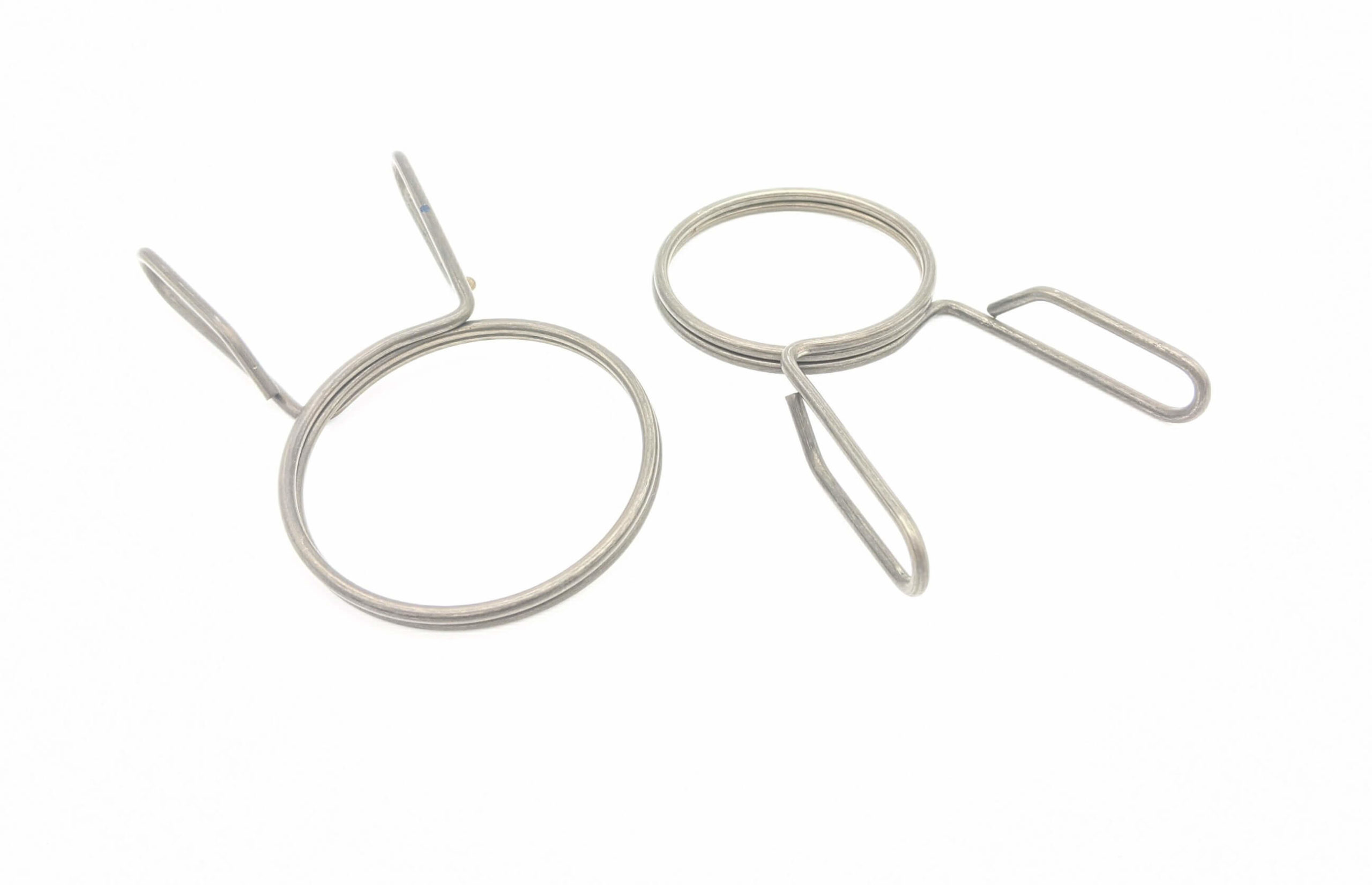Get unique, complex parts easily. No matter your requirements, Chaoyi Spring creates hard-to-produce coil springs and wire forms.
Let us help you create the custom wire form you need, from S-hooks and J-hooks to utility hooks and more.
We work closely with customers across a wide range of industries, helping them design and manufacture made-to-order parts.
Why choose Chaoyi Spring? We prioritize customer-focused collaboration, modern equipment and the latest technology to make your parts per print.
Find the information and guidance you need, from measuring a spring to learning about materials, placing an order and much more.
When it comes to mechanical components, springs play a crucial role in various applications. From simple everyday objects like door hinges and clothespins to complex machinery and automotive systems, springs


When it comes to mechanical components, springs play a crucial role in various applications. From simple everyday objects like door hinges and clothespins to complex machinery and automotive systems, springs provide the necessary force to maintain stability, return to a resting position, or perform specific tasks. While the concept of a spring might seem straightforward, there are various types of springs designed for specific purposes, each with unique characteristics and functionalities. Two common types of springs often encountered are torsion springs and tension springs. Both types are essential in different applications, but their differences in design, functionality, and applications make them distinct from each other.

Imagine a spring that stores energy by twisting rather than stretching or compressing. That's the essence of a torsion spring. These springs are designed to resist rotational forces or torques. They work by storing energy as they twist, and then release that energy to generate rotational movement. The key feature of a torsion spring is its ability to create a restoring torque, meaning it exerts a force that tries to return the spring to its original untwisted state.
Torsion springs are commonly used in applications where controlled rotation is required. Here are some common examples:
The design of a torsion spring varies depending on its application. Common designs include:
Tension springs, as the name suggests, are designed to work under tension. They store energy when stretched and then release that energy to provide a force in a specific direction. They are often used in applications where a pulling force is needed to return a component to its original position.
Here are some common applications of tension springs:
Tension springs are typically made of coiled wire, much like compression springs. However, unlike compression springs that are compressed to store energy, tension springs are stretched to do so.
To understand the differences between torsion and tension springs, let's consider these key aspects:
Selecting the appropriate spring for a particular application depends on a number of factors, including:
Consult with an experienced spring engineer or manufacturer if you need assistance in selecting the right spring for your application. They can help you choose the appropriate type, material, and design to meet your specific requirements.
Both torsion and tension springs are essential components in various mechanical systems. By understanding their differences in design, function, and applications, engineers and designers can select the right spring to meet the needs of their projects. Whether it's controlling rotation, providing pulling force, or ensuring stability, springs are indispensable in the world of engineering and everyday life.
In the end, the choice between torsion and tension springs boils down to the specific demands of your project. With a clear understanding of their strengths and limitations, you can confidently select the right spring to bring your mechanical creations to life, whether it's a simple household gadget or a complex industrial machine.
Browse some of the custom wire forms and springs that we manufacture. Don’t see what you need? We specialize in made-to-order products that meet your application requirements.
Visit Our GalleryNeed a custom wire form or coil spring? We make it work. Fill out the contact form and a representative will respond within 1 business day. If you have a PDF or CAD file, you can submit to request a quote.